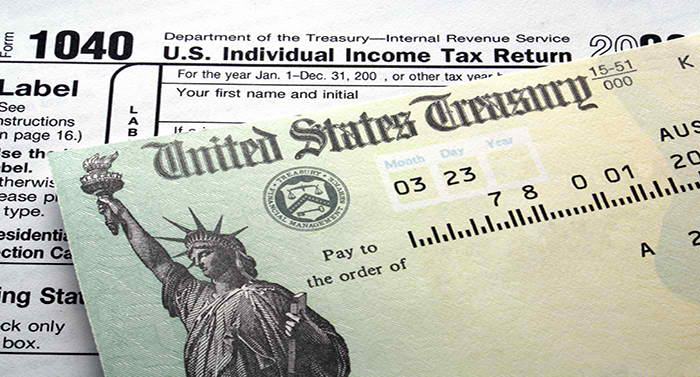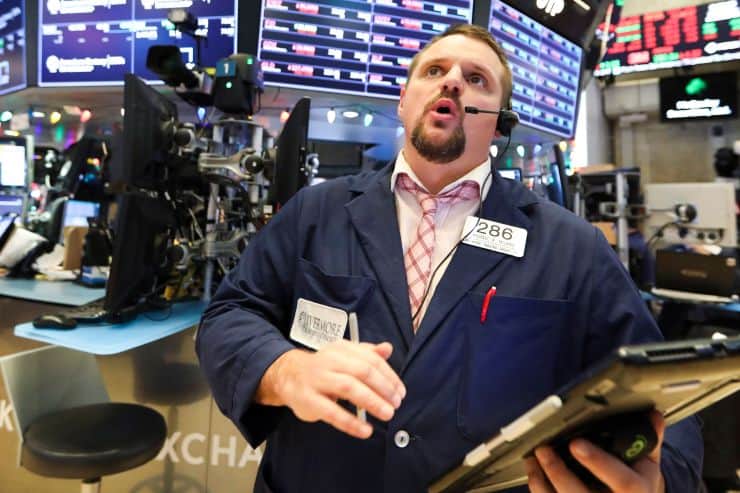
The impressive retail figures in Ireland should not be a surprise. Ireland is the fastest-growing economy in Europe. With employment levels rising rapidly, net migration boosting population levels and salaries comfortably above the rate of inflation, Ireland’s consumer spending environment should be buoyant.
However, the retail sector is undergoing profound change as consumer behaviours and expectations are shifting and technology is fundamentally redefining business models. The adoption of online shopping is accelerating rapidly, across an ever-wider range of products, which is severely affecting in-store purchases. Technology is changing how we browse, how we shop and how goods are delivered. This is displacing traditional models of retail employment and changing the physical make-up of shops.
The evolution of the sector is creating jobs in technology, in data analytics, in branding and marketing and in logistics – but it is also threatening to erode many other jobs: the cashier, the shop assistant, the store manager. This shift matters because many of the new jobs may not be local and therefore the same workers cannot transfer to the new roles. Retail is a vital employer across Ireland; over a fifth of employment is in the broad consumer sectors (retail, hotels and restaurants and arts/leisure). It is a key first employment experience for many young people and it offers flexible working conditions.
If significant employment was to be lost in the sector it would have a profound impact on Irish labour markets. It is not only in the job numbers that the impact of retail is felt. As a sector it provides many of our towns and villages with their colour and vibrancy. Retailers drive activity in locations and provide important places for social interaction and even on occasions provide a boost to people’s morale. The oft-referred-to ‘retail therapy’ is surely partly driven by the experience of heading to the shops and spending one’s hard-earned cash on a feel good item. Does this same happen with an on-line purchase? Perhaps, but without the social interaction and exercise!
For policymakers the question is whether the tax system will need to respond to the profound structural changes underway.
The rational method of taxing the bricks and mortar through the rates system, or the way in which tax is levied on online purchases, may need to be reconsidered if we are to ensure the ongoing vibrancy of our high streets.
It may be that the logistics element of the retail journey will need to play a big role in supplying the tax, rather than the shop front. Could it be that taxation on delivery or on warehousing will need to compensate for falling taxation of the retail ‘shop front’? What about VAT rates, will they need revisited in how they are set and applied? This is a complex area but it is surely the case that if high street retailers are lost they will be extraordinarily difficult to get back.
The policy debate needs to happen long before the issue reaches a tipping point. Already the types of consumption that cannot be replaced online, the coffee and croissant for example, are replacing the record store or the flower shop. Perhaps some of the changes are inevitable but the debate about what we want our high streets to look like is an important one and it must include a conversation about ensuring the tax system remains appropriate for a rapidly transforming sector.
























